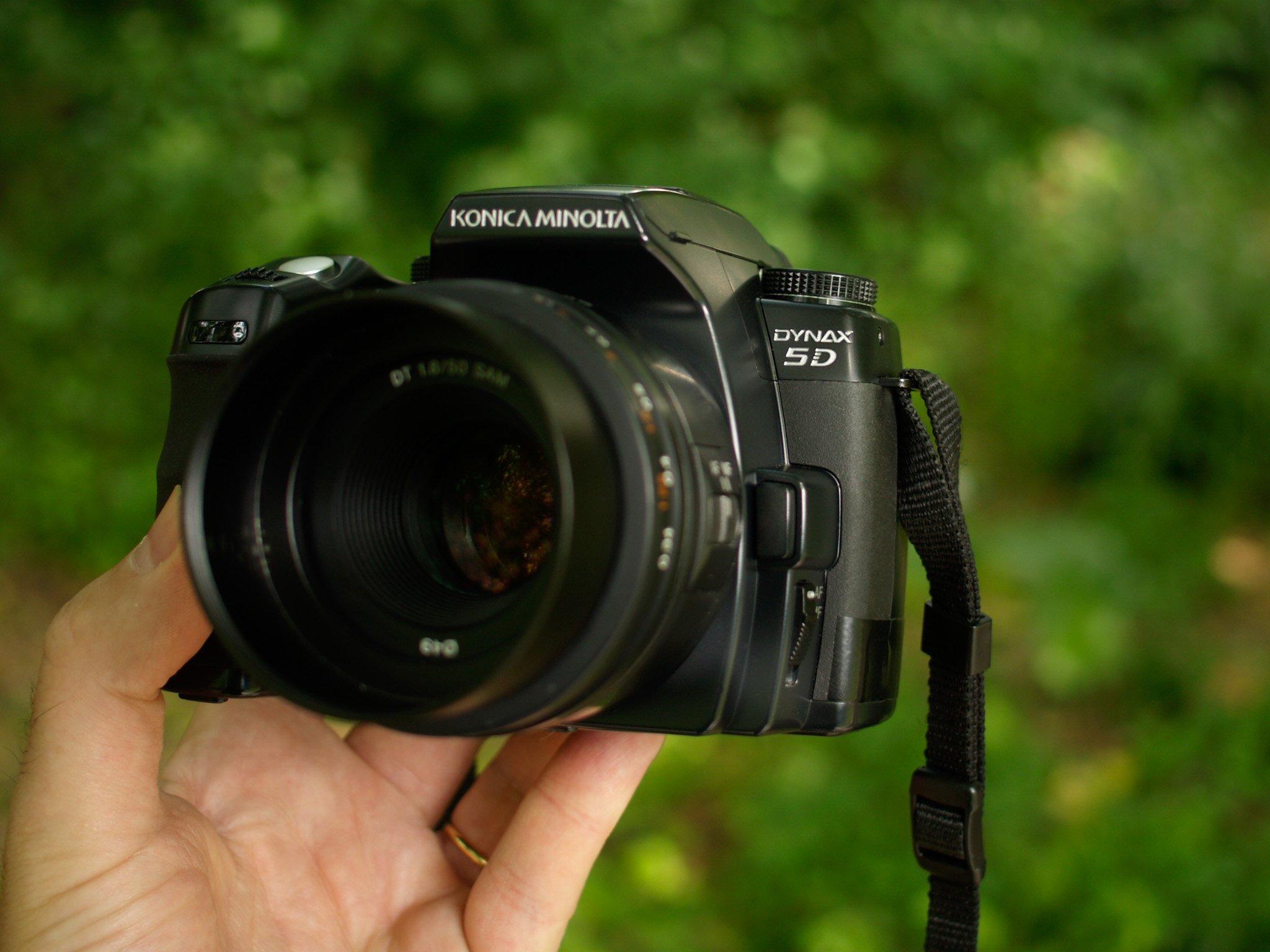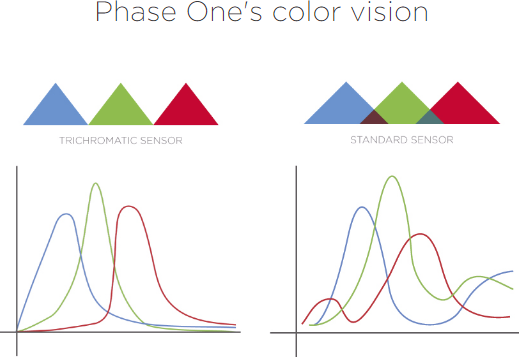Cameras Emulating Cameras
This blog post is an adaptation of our YouTube video presenting our new product line of camera emulations
“This cheap digicam shoots infinite film photos”
– Every YouTuber for the past 2 years
On the occasion of the launch of our new product line called Alchemy Emulations, I decided to explore some ideas that have been circulating on the internet. I wanted to know whether the debate about CCD versus CMOS cameras holds any water, or if it’s all a matter of deliberate choices made by manufacturers to one-up each other with more saturated, more contrasty images.
Digicam Fever Dreams
As of 2024, we are likely in the midst of a resurgence in Digicam usage. The nostalgic aesthetic and affordability of these cameras have captured a significant portion of younger photographers and even influenced some brand campaigns. Nostalgia can be wonderful as long as it doesn’t turn into a revisionist myth. There is a fine line of clickbait rhetoric that often gets crossed, specially when people say that old digicams make photos that look like film.
Digital imaging allows manufacturers to tweak color arbitrarily and consistently across every sensor produced. Buying a camera often meant buying into a particular look, especially if it only recorded JPEG files. Many people claim that some digicams produced JPEGs resembling film when dialed in with specific settings. While this may sound simplistic, it holds some truth. It’s reasonable to assume that the color science behind some models from the early 2000s drew inspiration from analog imaging as the market transitioned from analog to digital
Given that cameras need to sell and most consumers prefer high contrast and saturation, it was only natural for mainstream models to push this look as part of their marketing strategy. This influence is evident in early APS-C cameras, such as the Konica Minolta Dynax 5D and 7D. Konica Minolta, known for making film, produced the 5D, whose JPEGs are often contrasty with a green tint in the midtones. Similarly, the Olympus E300, E400, and E500 employ a strategy of darkening highly saturated colors to preserve information, reminiscent of the subtractive synthesis principles in analog imaging. Other cameras enhanced contrast significantly to make images more visually appealing.


It's the CCD right?
Maybe not.
There is some truth to the claim that CCDs look more like film. This technology aimed to bridge the look of analog film and digital imaging. We can reasonably assume that Kodak’s development of digital color science drew inspiration from their knowledge of film.
The biggest drawback of old cameras is dynamic range. Clipped highlights are the telltale sign of digital capture. To make old digital look like film, you must shoot images with good lighting, low contrast ratios, underexposed highlights, and carefully positioned subjects to minimize the digital look. Every photographer knows that lighting is the great equalizer—it can make the best cameras look terrible and the cheap cameras look half decent.

Are CCD and CMOS sensors that different?
At the fundamental level of converting light into electricity, not by much.
When discussing raw output, the fundamental process of converting light into electricity is similar in both CCD and CMOS sensors. I’ve read that early CMOS sensors were less sensitive to light and used less dense color filter arrays, resulting in less color separation compared their contemporary CCDs. Some photographers argue that early CMOS exhibited less color separation as a consequence. To verify this, one would need to measure the spectral sensitivity index of two sensors from the same era. I must say that I have no conclusive evidence for this.
“As someone who’s been involved in designing CMOS and CCD cameras for science use, I’d say it’s nonsense. The sensor’s color response is determined by the RGB filter array on the sensor, and by how the digital data is processed into an image file. CCD vs. CMOS makes no difference. The actual light-sensitive pixels work the same way – they are just silicon photodiodes. The only difference is in how the electric charge in the pixel is transferred to the amplifier and read out. Both CCDs and CMOS are very linear in low & mid tone levels. The noise characteristics aren’t very different, though there was a time period when CMOS sensors were more noisy than CCD sensors. The behavior is different when it starts to saturate, but that should only affect the highlights.In my opinion, if older CCD cameras have different color response than newer cameras, it’s because camera manufacturers have improved the color filters and/or the image processing algorithms over time, and some people prefer the older look. Not because of CCD vs. CMOS.”
A kind stranger on Reddit once wrote
In 2017, Phase One used this argument in developing their high-end camera backs. Their trichromatic sensor series, built with three color channels, as any other photographic sensor, argued that further narrowing the filtering for each primary color could capture better color. Jack, AlmaPhoto with the fabulous website www.strollswithmydog.com explains this in detail.
Phase One IQ3 100MP Trichromatic vs Standard Back Linear Color, Part I

Do narrower RGB filters result in better color? The great Jim Kasson tested this theoretically in Matlab and came to the conclusion that narrower isn’t necessarily better.
There is a widespread belief about Bayer color filter array (CFA) response spectra. It goes something like this:
- The old CCD cameras used to have great color.
- The reason they had such good color is the dye layers in the CFA were thick.
- Thick dye layers led to highly selective (narrow band) spectral responses.
- Modern CMOS cameras have lousy color.
- The reason is that they are trying to reduce photon noise in the images.
- Making the CFA filters less selective reduced the photon noise, but made the colors bad.
I have seen no evidence that the color is better — which, for the purpose of this post, I’ll define as more accurate — on old CCD cameras than it is on new CMOS ones. I’ve owned and used several old medium format CCD cameras and backs, and I don’t think the color was more accurate.
Before The Resolution Wars We May Have Had The Jpeg Color Battle
More is better, right?
Sister CMOS Cameras
As manufacturers transitioned from CCD to CMOS sensors, there may have been a revision of their approach to creating a digital look, potentially as a deliberate marketing strategy. Comparing the Olympus E400 (CCD) and E420 (CMOS), we see that the E420’s images are brighter and more saturated, with a more artificial look. This highlights the possibility of a color science war running alongside the resolution wars of the mid-2000s. Brands were trying to outdo each other with each release, which, in hindsight, may have created the perception that CMOS sensors looked worse.
Below is the same scene photographed with two cameras separated by only one model, the E-410. This comparison demonstrates how the approach to JPEG color evolved from a dense, controlled color into an over-saturated mess. Click on the images to zoom in.
Straight out of the camera JPEGs. Same exposure, same lens, same color mode: Vivid.
Looking at the color from these old cameras, we might feel that something was lost along the way. The rolled-off highlights, high contrast, low dynamic range, and the legacy color science approach to film color contribute to this perception. Sensor technology alone wasn’t decisive in making the JPEGs from older cameras look better than modern ones; it may have been all about deliberate choices in color science.
To be absolutely sure, we’d need to map out the default JPEG output of every camera against a standard like a simple 24-patch ColorChecker Classic, then measure the Deltas. Imaging Resource has done this with their Imatest reports.
Is it relevant for the world we live in? Maybe not, but it would make a nice academic study. Until then, I’ll keep extracting the JPEG color of every camera I come across and making emulations for many other cameras that shoot RAW.
Stay tuned.
Conclusion
Not much of a conclusion it seems
We like the look of old digital cameras, and that’s okay. Do they look like film? Maybe, when the light is right, the contrast ratio in the scene fits within the sensor’s limited dynamic range, and other conditions are met. Are CCDs better than CMOS? Perhaps in the early days, there was a noticeable difference, but this could have been a consequence of deliberate color science code written into the internal JPEG engines of those early cameras as a way for brands to one-up each other. Maybe we miss the rolled-off highlights and less saturated colors. Maybe the low dynamic range, high contrast of old sensors looked good under low contrast scenes that made it look like film.
Is it OK to miss the things we like? Sure! Do I have a favorite old digital camera? I sure do! It’s the Konica-Minolta 5D and it will be the second camera to be emulated in the next launch. Here are some random JPEG samples from my 5D.



